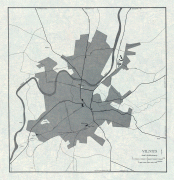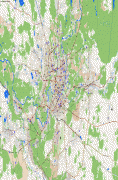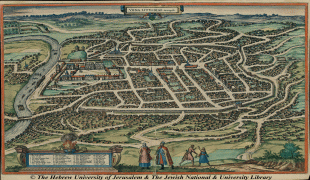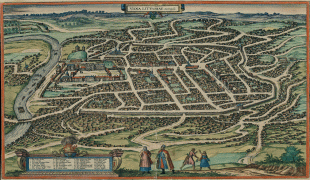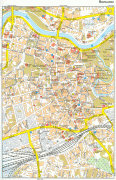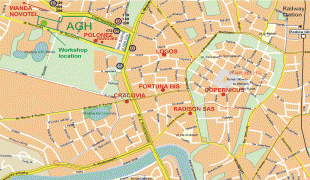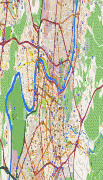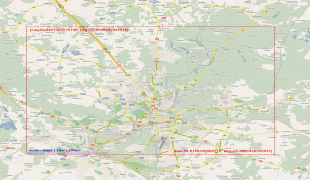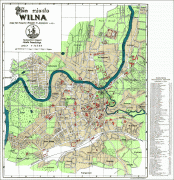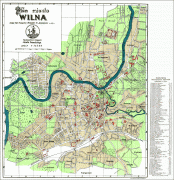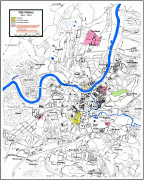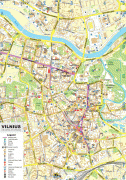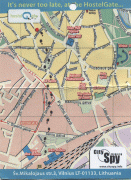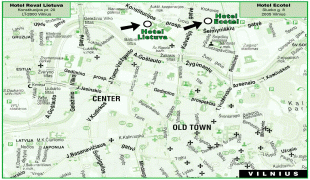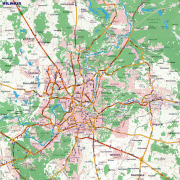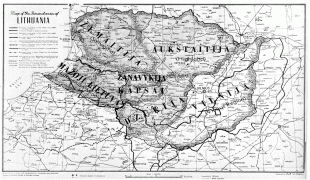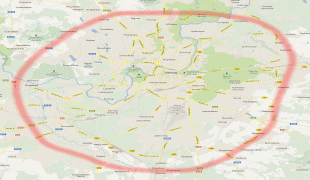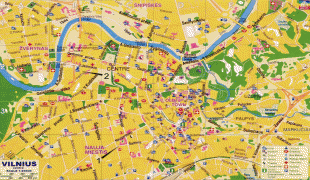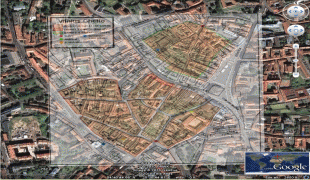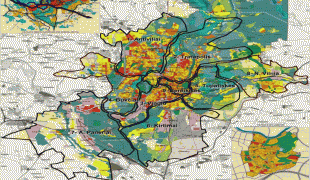Vilnius
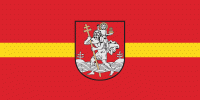 |
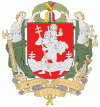 |
Vilnius is known, among other things, for the architecture of its Old Town, one of the largest and best preserved old towns in Northern, Eastern, and Central Europe, declared a UNESCO World Heritage Site in 1994. Architectural style Vilnian Baroque is named after the city, which is the largest Baroque city north of the Alps, and the farthest one to the east.
The city was noted for its multicultural population already in the time of the Polish–Lithuanian Commonwealth, with contemporary sources comparing it to Babylon. Before World War II and the Holocaust, Vilnius was one of the most important Jewish centres in Europe. Its Jewish influence has led to its nickname "the Jerusalem of Lithuania". Napoleon called it "the Jerusalem of the North" as he was passing through in 1812.
In 2009, Vilnius was the European Capital of Culture, together with Linz, Austria. In 2021, Vilnius was named among top-25 fDi's Global Cities of the Future – one of the most forward-thinking cities with the greatest potential in the world.
The name of the city originates from the Vilnia River, from the Lithuanian for ripple. The city has also had many derivative spellings in various languages throughout its history: Vilna was once common in English. The most notable non-Lithuanian names for the city include Wilno, Вiльня (Vilnia), Wilna, Viļņa, Вільно (Vilno), ווילנע (Vilne). A Russian name from the time of the Russian Empire was Вильна (Vilna), although Вильнюс (Vilnyus) is now used. The names Wilno, Wilna and Vilna were also used in older English-, German-, French- and Italian-language publications when the city was one of the capitals of the Polish–Lithuanian Commonwealth and an important city in the Second Polish Republic. The name Vilna is still used in Finnish, Portuguese, Spanish, and וילנה. Wilna is still used in German, along with Vilnius.
The neighborhoods of Vilnius also have names in other languages, which represent the languages spoken by various ethnic groups in the area.
According to legend, Grand Duke Gediminas (c. 1275–1341) was hunting in the sacred forest near the Valley of Šventaragis, near where the Vilnia River flows into the Neris River. Tired after the successful hunt of a wisent, the Grand Duke settled in for the night. He fell soundly asleep and dreamed of a huge Iron Wolf standing on top a hill and howling as strong and loud as a hundred wolves. Upon awakening, the Duke asked the krivis (pagan priest) Lizdeika to interpret the dream. The priest told him: "'What is destined for the ruler and the State of Lithuania, is thus: the Iron Wolf represents a castle and a city which will be established by you on this site. This city will be the capital of the Lithuanian lands and the dwelling of their rulers, and the glory of their deeds shall echo throughout the world.'" Therefore, Gediminas, obeying the will of the gods, built the city, and gave it the name Vilnius, from the Vilnia River.
Map - Vilnius
Map
Country - Lithuanian_Soviet_Socialist_Republic_(1918–1919)
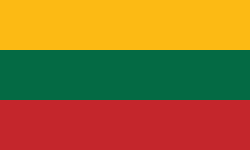 |
 |
| Flag of Lithuania | |
Germany had lost World War I and signed the Compiègne Armistice on 11 November 1918. Its military forces then started retreating from the former Ober Ost territories. Two days later, the government of the Soviet Russia renounced the Treaty of Brest-Litovsk, which had assured Lithuania's independence. Soviet forces then launched a westward offensive against Estonia, Latvia, Lithuania, Poland and Ukraine in an effort to spread the global proletarian revolution and replace national independence movements with Soviet republics. Their forces followed retreating German troops and reached Lithuania by the end of December 1918.
Currency / Language
| ISO | Currency | Symbol | Significant figures |
|---|---|---|---|
| EUR | Euro | € | 2 |
| ISO | Language |
|---|---|
| LT | Lithuanian language |
| PL | Polish language |
| RU | Russian language |






